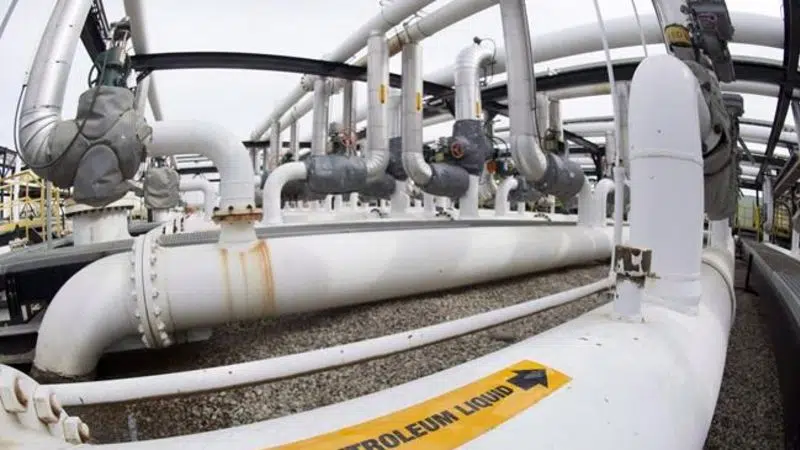
Cabinet expected to extend deadline to reconsider Trans Mountain pipeline
OTTAWA — Canada’s energy regulator will tell the federal government this week whether it still thinks the Trans Mountain pipeline should be expanded, but cabinet’s final say on the project’s future is still several months away.
The National Energy Board is reconsidering the project’s impact on marine life, including highly endangered southern resident killer whales, after the Federal Court of Appeal ruled last year that the NEB’s 2016 approval failed to properly take into account how the whales would be affected by having additional oil tankers in their waters.
The report’s delivery will start the clock on a 90-day deadline for cabinet to decide whether the controversial project will proceed, a deadline officials are already signalling could be pushed back.



